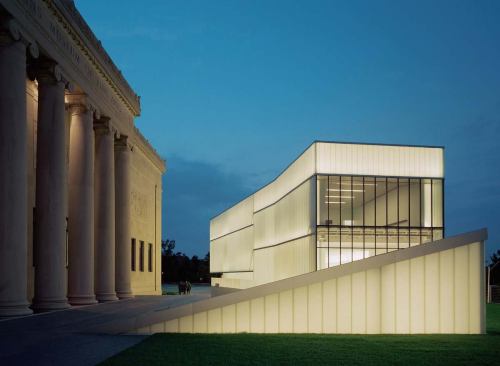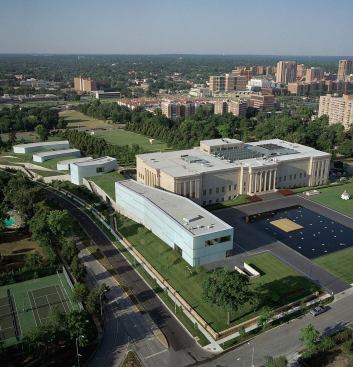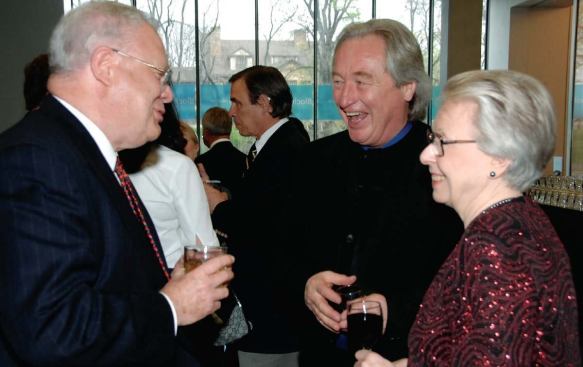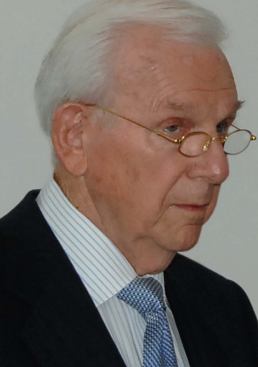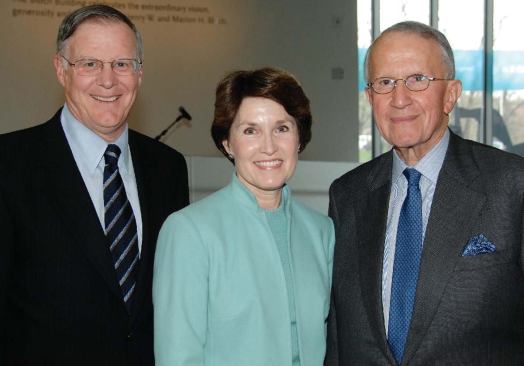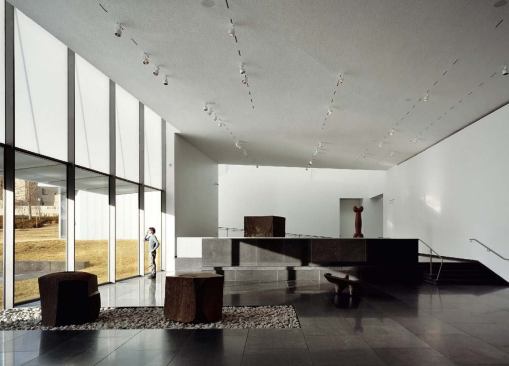Timothy Hursley
The solid limestone edifice of the original Nelson-Atkins Buildi…
As a modern metaphor for an art museum, light—which speaks to human perception and spiritual awakening, as well as intellectual enlightenment—seems beyond reproach. That’s why, after the fashion for explosive angles and look-at-me architecture has faded, Steven Holl’s audacious $200 million expansion of the Nelson-Atkins Museum of Art in Kansas City, Mo., will still look like a brilliant idea.
The sheer drama of the architecture is clearest at night, when five translucent glass pavilions glow like Noguchi lamps on the museum’s sloping lawn, an 840-foot procession of luminous boxes that is Holl’s ode to clarity.
When the project began in 1999, the Nelson-Atkins’ longtime director, Marc F. Wilson, had promised a “magical” addition to complement the museum’s beloved neoclassical temple, which has presided over Kansas City’s cultural life since 1933 from its 22-acre pedestal of grass. The 165,000-square-foot Bloch Building, which opened in June on the eastern edge of the property, took eight years to complete, long enough for drive-by critics in my hometown to register their heartfelt misgivings.
At night, the opaque glass exterior glows. In daylight, it reads dull and green. So, from the moment the volumes began to rise above the construction fences, residents began to vent to The Kansas City Star. In a city proud of its Frank Lloyd Wright Community Christian Church and J.C. Nichols–designed Country Club Plaza, residents gave as good as they are getting.
“Critics Cast Verbal Stones at Nelson’s Glass House,” the Star noted as readers complained of a “monstrosity” instead of a masterpiece. The structures looked like factory-built “Butler buildings,” one griped, not ethereal lanterns. A Star writer devoted 9,000 words to the custom glass—costly, experimental, sandblasted, low-iron, tempered panels from Bavaria—only to have a columnist deride them as fancy “board and batten” siding. Another wrote that Holl’s cool, modern aesthetic had all the “industrial charm of a Wal-Mart Supercenter.”
“It didn’t feel good, to be honest with you,” says Henry Bloch, cofounder of H&R Block and the outgoing board chairman. The new building is named for Bloch and his wife, Marion. “It hurt me when I would read the letters to the editor. But I didn’t lose faith. I was told, ‘Just wait, and it will be beautiful.’”
IT WAS A GRAY DAY IN MARCH when Holl arrived for the first in a series of opening events, a reception in the three-story atrium lobby for the 100 biggest donors, including the top three: the Blochs, the Halls of Hallmark Cards, and the Sosland publishing family.
Holl, who had not seen the museum in months, toured with his partner in charge, Chris McVoy, in the calm before the gala. In the long push to get the museum built, he’d had to defend himself at a public forum of 1,200 and wrote to the newspaper asking that readers withhold judgment until they could walk the halls of his building. “The experience of a work of architecture, when it totally surrounds the body as you move through the spaces, is for me the most important experience,” he wrote.
On that spring day, Holl was experiencing the Zen-like Noguchi Court, standing amid the seven modernist sculptures—a trove not equaled outside the Isamu Noguchi Museum in Queens, N.Y.—that had inspired his winning competition entry. Around the corner, daylight seeped through the glass walls, giving a corridor the appearance of the interior of an ice cube. Guests would soon be meandering in and out of the atrium and shop and on to galleries that dissolve into arcades of clerestory windows and vaulted ceilings.
Whatever local residents see in the exterior, Holl has delivered a transcendent museum experience. It is more dynamic and bigger than the very successful Kiasma Contemporary Art Museum in Helsinki, until now Holl’s museum calling card. The interior galleries are as contemplative as the Chapel of St. Ignatius he designed in Seattle. The fusion with the landscape is as ingenious as the stainless steel water-treatment plant that Holl snaked through the grass in Hamden, Conn.
